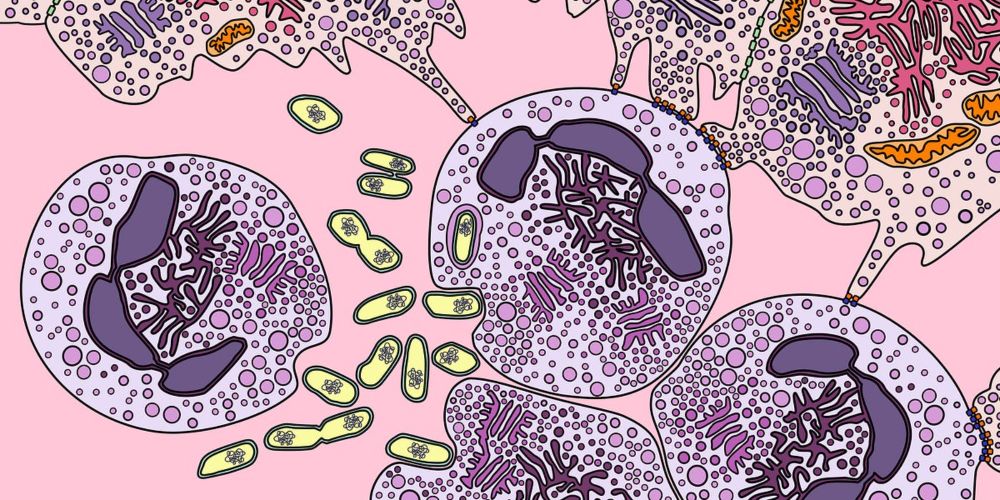







Substack version: substack.com/home/post/p-...
My Website version: logancollinsblog.com/2025/05/16/n...

Substack version: substack.com/home/post/p-...
My Website version: logancollinsblog.com/2025/05/16/n...
www.cell.com/cell-reports...

www.cell.com/cell-reports...
substack.com/home/post/p-...

substack.com/home/post/p-...
pubs.acs.org/doi/10.1021/...

pubs.acs.org/doi/10.1021/...





www.nature.com/articles/d41...

www.nature.com/articles/d41...
issues.org/growing-thre...

issues.org/growing-thre...
www.quantamagazine.org/why-everythi...

www.quantamagazine.org/why-everythi...
substack.com/home/post/p-...

substack.com/home/post/p-...
Link to article: www.nature.com/articles/s41...

Link to article: www.nature.com/articles/s41...
doi.org/10.1371/jour...

doi.org/10.1371/jour...





